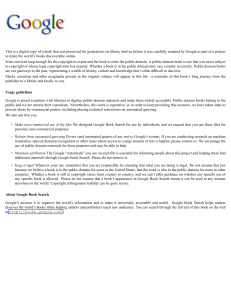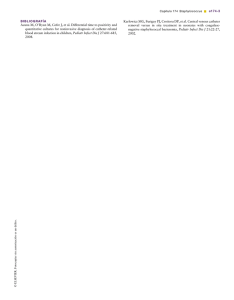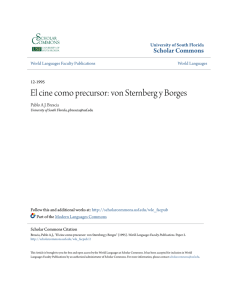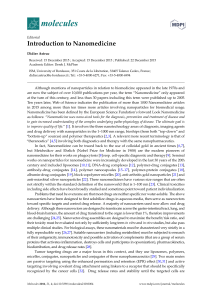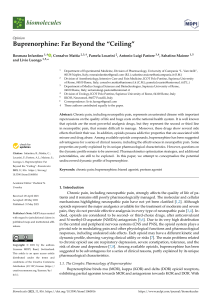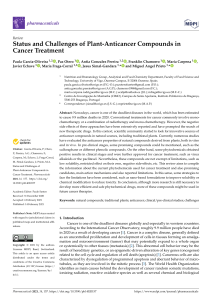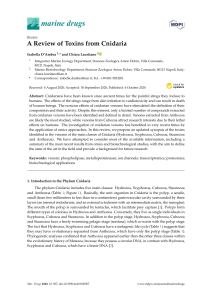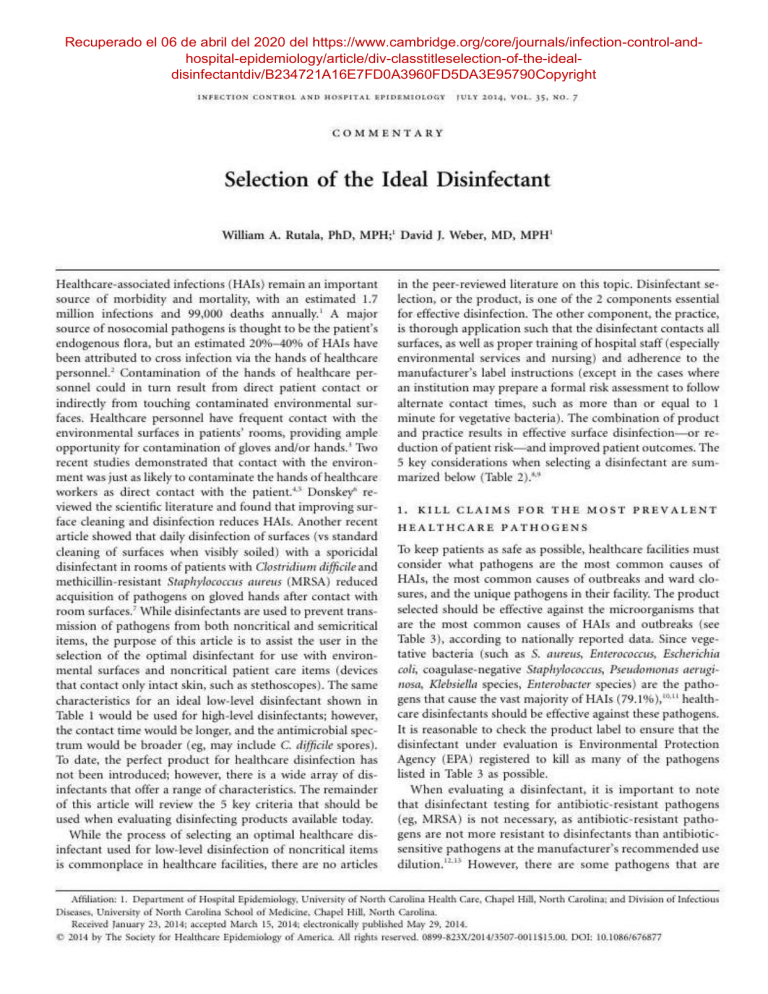
Recuperado el 06 de abril del 2020 del https://www.cambridge.org/core/journals/infection-control-andhospital-epidemiology/article/div-classtitleselection-of-the-idealdisinfectantdiv/B234721A16E7FD0A3960FD5DA3E95790Copyright © 2014 by The Society for Healthcare Epidemiology of America. All rights reserved. Corresponding author 2163 Bioinformatics, CB 7030, Chapel Hill, NC 27599 (brutala@unch.unc.edu). References Hide All 1. Rutala, WA, Weber, DJ. Are room decontamination units needed to prevent transmission of environmental pathogens? Infect Control Hosp Epidemiol 2011;32:743–747. CrossRef | Google Scholar | PubMed 2. Weinstein, RA. Epidemiology and control of nosocomial infections in adult intensive care units. Am J Med 1991;9(suppl 3B):S179–S184. Google Scholar 3. Huslage, K, Rutala, WA, Sickbert-Bennett, E, Weber, DJ. A quantitative approach to defining high-touch surfaces in hospitals. Infect Control Hosp Epidemiol 2010;31:850–853. CrossRef | Google Scholar | PubMed 4. Stiefel, U, Cadnum, JL, Eckstein, BC, Guerrero, DM, Tima, MA, Donskey, CJ. Contamination of hands with methicillin-resistant Staphylococcus aureus after contact with environmental surfaces and after contact with the skin of colonized patients. Infect Control Hosp Epidemiol 2011;32:185–187. CrossRef | Google Scholar | PubMed 5. Guerrero, DM, Nerandzic, MM, Jury, LA, Jinno, S, Chang, S, Donskey, CJ. Acquisition of spores on gloved hands after contact with the skin of patients with Clostridium difficile infection and with environmental surfaces in their rooms. Am J Infect Control 2012;40:556–558. CrossRef | Google Scholar | PubMed 6. Donskey, CJ. Does improving surface cleaning and disinfection reduce health care–associated infections? Am J Infect Control 2013;41(suppl 5):S12–S19. CrossRef | Google Scholar | PubMed 7. Kundtrapu, S, Sunkesula, V, Jury, LA, Sitzlar, BM, Donskey, CJ. Daily disinfection of high-touch surfaces in isolation rooms to reduce contamination of healthcare workers’ hands. Infect Control Hosp Epidemiol 2012;33:1039–1042. CrossRef | Google Scholar 8. Molinari, JA, Gleason, MJ, Cottone, JA, Barrett, ED. Comparison of dental surface disinfectants. Gen Dent 1987;35(3):171–175. Google Scholar | PubMed 9. Rutala, WA, Weber, DJ; Healthcare Infection Control Practices Advisory Committee. Guideline for Disinfection and Sterilization in Healthcare Facilities, 2008. http://www.cdc.gov/ncidod/dhqp/pdf/guidelines/Disinfection_Nov_2008.pdf. Accessed May 19, 2014. Google Scholar 10. Kang, J, Sickbert-Bennett, EE, Brown, VM, Weber, DJ, Rutala, WA. Relative frequency of healthcare-associated pathogens by infection site at a university hospital from 1980–2008. Am J Infect Control 2012;40:416–420. CrossRef | Google Scholar 11. Sievert, DM, Ricks, P, Edwards, JR, et al. Antimicrobial-resistant pathogens associated with healthcare-associated infections: summary of data reported to the National Healthcare Safety Network at the Centers for Disease Control and Prevention, 2009–2010. Infect Control Hosp Epidemiol 2013;34:1–14. CrossRef | Google Scholar | PubMed 12. Rutala, WA, Stiegel, MM, Sarubbi, FA, Weber, DJ. Susceptibility of antibiotic-susceptible and antibiotic-resistant hospital bacteria to disinfectants. Infect Control Hosp Epidemiol 1997;18(6):417–421. CrossRef | Google Scholar | PubMed 13. Weber, DJ, Rutala, WA. Use of germicides in the home and health care setting: is there a relationship between germicide use and antimicrobial resistance. Infect Control Hosp Epidemiol 2006;27:1107–1119. CrossRef | Google Scholar 14. Sanders, FT. Environmental protection agency’s role in the regulation of antimicrobial pesticides in the United States. In: Rutala, WA, ed. Disinfection, Sterilization and Antisepsis: Principles and Practices in Healthcare Facilities. Washington, DC: Association for Professionals in Infection Control and Epidemiology, 2001:28–40. Google Scholar 15. Sattar, SA. Assessing the microbicidal activities of disinfectants and antiseptics: making label claims more relevant and reliable. In: Rutala, WA, ed. Disinfection, Sterilization and Antisepsis: Principles, Practices, Current Issues, New Research, and New Technologies. Washington, DC: Association for Professionals in Infection Control and Epidemiology, 2011:371–377. Google Scholar 16. Spaulding, EH. Chemical disinfection and antisepsis in the hospital. J Hosp Res 1957;9:5–31. Google Scholar 17. McDonnell, G, Burke, P. Disinfection: is it time to reconsider Spaulding? J Hosp Infect 2011;78:163–170. CrossRef | Google Scholar | PubMed 18. Best, M, Kennedy, ME, Coates, F. Efficacy of a variety of disinfectants against Listeria spp. Appl Environ Microbiol 1990;56(2):377–380. Google Scholar | PubMed 19. Sattar, SA, Springthorpe, VS. Recent developments in methods for testing the germicidal activity of disinfectants and antiseptics. In: Rutala, WA, ed. Disinfection, Sterilization and Antisepsis: Principles, Practices, Challenges, and New Research. Washington, DC: Association for Professionals in Infection Control and Epidemiology, 2004:180–188. Google Scholar 20. Rutala, WA, Weber, DJ. Registration of disinfectants based on relative microbicidal activity. Infect Control Hosp Epidemiol 2004;25:333–341. CrossRef | Google Scholar | PubMed 21. Hulkower, RL, Casanova, LM, Rutala, WA, Weber, DJ, Sobsey, MD. Inactivation of surrogate coronaviruses on hard surfaces by health care germicides. Am J Infect Control 2011;39:401–407. CrossRef | Google Scholar | PubMed 22. Sattar, SA, Springthorpe, VS, Karim, Y, Loro, P. Chemical disinfection of non-porous inanimate surfaces experimentally contaminated with four human pathogenic viruses. Epidemiol Infect 1989;102:493–505. CrossRef | Google Scholar | PubMed 23. Kramer, A, Schwebke, I, Kampf, ¿G. How long do nosocomial pathogens persist on inanimate surfaces? a systematic review. BMC Infect Dis 2006;6:130. CrossRef | Google Scholar 24. Sattar, SA, Jacobsen, H, Springthorpe, VS, Cusack, TM, Rubino, JR. Chemical disinfection to interrupt transfer of rhinovirus type 14 from environmental surfaces to hands. Appl Environ Microbiol 1993;59(5):1579–1585. Google Scholar | PubMed 25. Weber, DJ, Barbee, SL, Sobsey, MD, Rutala, WA. The effect of blood on the antiviral activity of sodium hypochlorite, a phenolic, and a quaternary ammonium compound. Infect Control Hosp Epidemiol 1999;20(12):821– 827. CrossRef | Google Scholar 26. Rutala, WA, Barbee, SL, Aguiar, NC, Sobsey, MD, Weber, DJ. Antimicrobial activity of home disinfectants and natural products against potential human pathogens. Infect Control Hosp Epidemiol 2000;21(1):33–38. CrossRef | Google Scholar | PubMed 27. Exner, M, Vacata, V, Hornei, B, Dietlein, E, Gebel, J. Household cleaning and surface disinfection: new insights and strategies. J Hosp Infect 2004;56(suppl):S70–S75. CrossRef | Google Scholar | PubMed 28. Cadnum, JL, Hurless, KN, Kundrapu, S, Donskey, CJ. Transfer of Clostridium difficile spores by nonsporicidal wipes and improperly used hypochlorite wipes: practice + product = perfection. Infect Control Hosp Epidemiol 2013;34:441–442. CrossRef | Google Scholar | PubMed 29. Rutala, WA, Gergen, MF, Weber, DJ. Efficacy of different cleaning and disinfection methods against Clostridium difficile spores: importance of physical removal versus sporicidal inactivation. Infect Control Hosp Epidemiol 2012;33:1255–1258. CrossRef | Google Scholar | PubMed 30. Carling, PC, Parry, MF, Bruno-Murtha, AL, Dick, B. Improving environmental hygiene in 27 intensive care units to decrease multidrug-resistant bacterial transmission. Crit Care Med 2010;38:1054–1059. CrossRef | Google Scholar | PubMed 31. Carling, PC, Parry, MF, Rupp, ME, et al. Improving cleaning of the environment surrounding patients in 36 acute care hospitals. Infect Control Hosp Epidemiol 2008;29:1035–1041. CrossRef | Google Scholar | PubMed 32. Weber, DJ, Rutala, WA. Self-disinfecting surfaces: review of current methodologies and future prospects. Am J Infect Control 2013;41:S31–S35. CrossRef | Google Scholar | PubMed 33. Rutala, WA, White, MS, Gergen, MF, Weber, DJ. Bacterial contamination of keyboards: efficacy and functional impact of disinfectants. Infect Control Hosp Epidemiol 2006;27:372–377. CrossRef | Google Scholar | PubMed 34. Rutala, WA, Weber, DJ. New disinfection and sterilization methods. Emerg Inf Dis 2001;7:348–353. CrossRef | Google Scholar | PubMed 35. MacDougall, KD, Morris, C. Optimizing disinfectant application in healthcare facilities. Infect Control Today 2006;June:62–67. Google Scholar 36. Rutala, WA, Gergen, MF, Sickbert-Bennett, EE, Williams, DA, Weber, DJ. Effectiveness of improved hydrogen peroxide in decontaminating privacy curtains contaminated with multidrug-resistant pathogens. Am J Infect Control 2014;42:426–428. CrossRef | Google Scholar | PubMed 37. Anonymous. How to select an ideal disinfectant. Infect Control Today 2009;June. http://www.infectioncontroltoday.com/articles/2009/05/how-to-select-an-ideal-disinfectant.aspx. Accessed May 20, 2014. Google Scholar 38. Otter, JA. The role played by contaminated surfaces in the transmission of nosocomial pathogens. Infect Control Hosp Epidemiol 2011;32:687–699. CrossRef | Google Scholar | PubMed 39. Carling, PC. Methods for assessing the adequacy of practice and improving room disinfection. Am J Infect Control 2013;41:S20–S25. CrossRef | Google Scholar | PubMed 40. Hanson, S, Stamm-Balderjahn, S, Zuschneid, I, et al. Closure of medical departments during nosocomial outbreaks: data from a systematic analysis of the literature. J Hosp Infect 2007;65:348–353. CrossRef | Google Scholar 41. Weber, DJ, Rutala, WA, Sickbert-Bennett, EE. Outbreaks associated with contaminated antiseptics and disinfectants. Antimicrob Agents Chemother 2007;51:916–919. CrossRef | Google Scholar | PubMed 42. Rutala, WA, Cole, EC, Thomann, CA, Weber, DJ. Stability and bactericidal activity of chlorine solutions. Infect Control Hosp Epidemiol 1998;19(5):323–327. CrossRef | Google Scholar | PubMed 43. Rutala, WA, Weber, DJ. Disinfectants used for environmental disinfection and new room decontamination technology. Am J Infect Control 2013;41:S36–S41. CrossRef | Google Scholar | PubMed

